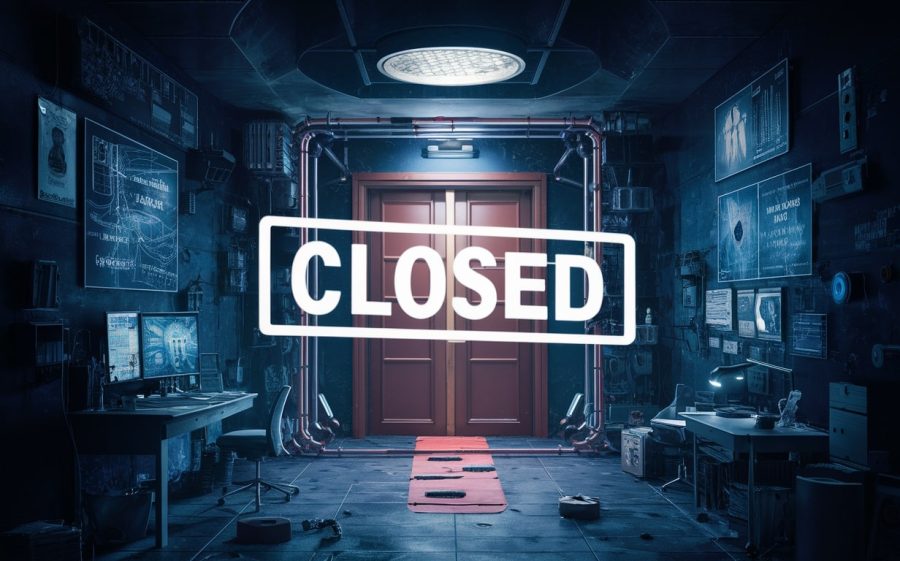Socrates: And you did not know, you never suspected, that they were goddesses?
?Strepsiades: No, indeed; I thought the Clouds were only fog, dew and vapour.?
(Aristophanes, The Clouds)

Billions of words have been written about “the cloud” and its benefits, implications, and challenges. Hundreds of vendors have sprung up or re-positioned themselves as cloud companies, and there is a vast amount of real business change underway. However, I have seen very little that explains for the layperson what is actually new about the cloud that makes it so interesting and important.??
Infrastructure-as-a-Service: All of the Benefits, None of the Commitment
?Dave Jilk is CEO and co-founder of Standing Cloud, a Boulder-based provider of cloud-based application management solutions. An experienced software and Internet entrepreneur, Dave previously co-founded Wideforce Systems and eCortex.
To understand what is new, it’s first important to understand the origins of the term “cloud”. In the late 1990s, as it was becoming clear that the Internet would change virtually everything in the world of information technology, people began to draw system architecture diagrams using a picture of a cloud to represent the Internet.
This was important, because the ability of one computer system to connect to another without having established a separate electronic link (via wire, telephony modem, or otherwise) was completely new. Previously, architecture diagrams would include the explicit connections and the physical devices involved. Now connectivity was just an abstraction, and a relatively reliable connection could be assumed without details.??At that stage, putting a system “in the cloud” just meant that it was persistently available on the public Internet. That is still true today, which is the source of Larry Ellison’s notoriously dismissive comment “cloud computing is just a computer attached to a network.”
Indeed it is – so what is all the fuss about?
The advent of infrastructure-as-a-service (IaaS) with Amazon Web Services’ Elastic Compute Cloud (EC2) offering suddenly made it vastly cheaper and easier for anyone to provision a system in the cloud.
Previously, the primary options were:
- Using a shared hosting service, install an application in the shared host container. This is inexpensive, but also very limiting: Only applications that can operate in the shared-host sandbox and do not need to scale will work in this environment.
- Lease or buy physical servers, rent co-location space, and either set up and manage the physical machines yourself, or hire a managed services provider to do so. This is relatively expensive, because it requires a minimum commitment.
- Build your own data center.
With IaaS, you simply sign up for an account, enter a credit card number, and start launching servers from the control panel. These servers are available in minutes, and although they are “virtual” machines, they behave for most purposes as an entire computer system. They are persistent and they have their own public Internet address. The minimum commitment is an hour of server time, which can cost as little as a penny and a half on Rackspace Cloud.??Consequently, while the idea of deploying a system “in the cloud” was not new, the ability to provision the required servers quickly, easily, with no human physical contact, and with virtually no commitment – that was entirely novel.?
Two innovations have enabled providers to offer this capability: virtualization technology, which enables the creation of multiple virtual machine servers on the same physical server via a “hypervisor”; and orchestration technology, which fulfills provisioning requests by tracking the physical server pool and the virtual machines running on them.
Virtualization took a big leap forward in 2006, when both Intel and AMD added hardware virtualization capabilities to their processors. This both improved performance and made the hypervisor code simpler and more reliable. Popular hypervisors today include VMWare ESX, Xen, and KVM. Perhaps not coincidentally, Amazon built its orchestration system for EC2 around the same time, with the first beta release in mid-2006. Dozens of orchestration systems are now available, including VMWare vCloud, Citrix CloudStack (formerly cloud.com), and Eucalyptus.?
Software-as-a-Service: Now Playing Anytime, Anywhere
So it’s not really the cloud that’s new. It is the ease, convenience and value of using the cloud that has vastly improved. There was real innovation involved in making that possible: for IaaS, the virtualization and orchestration technologies; for SaaS, progressively improving connectivity along with more interactive browser technologies.
While software-as-a-service (SaaS) is not new and has always operated “in the cloud,” the ubiquity of web browsers, broadband Internet and Wi-Fi has made them more responsive and easier to access. Improvements in web browser capabilities and the use of powerful Javascript frameworks and other RIA (Rich Internet Application) technologies have made it possible to build web user interfaces that rival the sophistication and interactivity of locally installed Windows or Mac applications.
As a result, new categories of applications for which a series of separate web pages is unsatisfactory – such as word processing and spreadsheets – can now be operated as SaaS, on any device that supports a full web browser. These seemingly incremental improvements have created a qualitatively different experience for SaaS, and that experience is new.??The
Sum of the Parts
But look at what all this means:
- I can deploy custom systems in the cloud easily and with low commitment.
- I can keep all my documents and data on cloud systems.
- All my standard business systems can be run as SaaS.
- I can use different client devices at different times without creating a data mess.
- As my usage of systems or services increases, the cost and scale of the systems scales with that usage in granular increments.
- Whether I am acting as an individual or as a business, I no longer need to own or manage any physical servers, and I am no longer tethered to particular client devices either.
?So it’s not really the cloud that’s new. It is the ease, convenience and value of using the cloud that has vastly improved. There was real innovation involved in making that possible: for IaaS, the virtualization and orchestration technologies; for SaaS, progressively improving connectivity along with more interactive browser technologies.
The cloud may still be just “a computer attached to a network,” but how that computer got there and how it is used is now very different from the days when those pictures of clouds first showed up on architecture diagrams.
Cloud photo by Jeff Ruane









